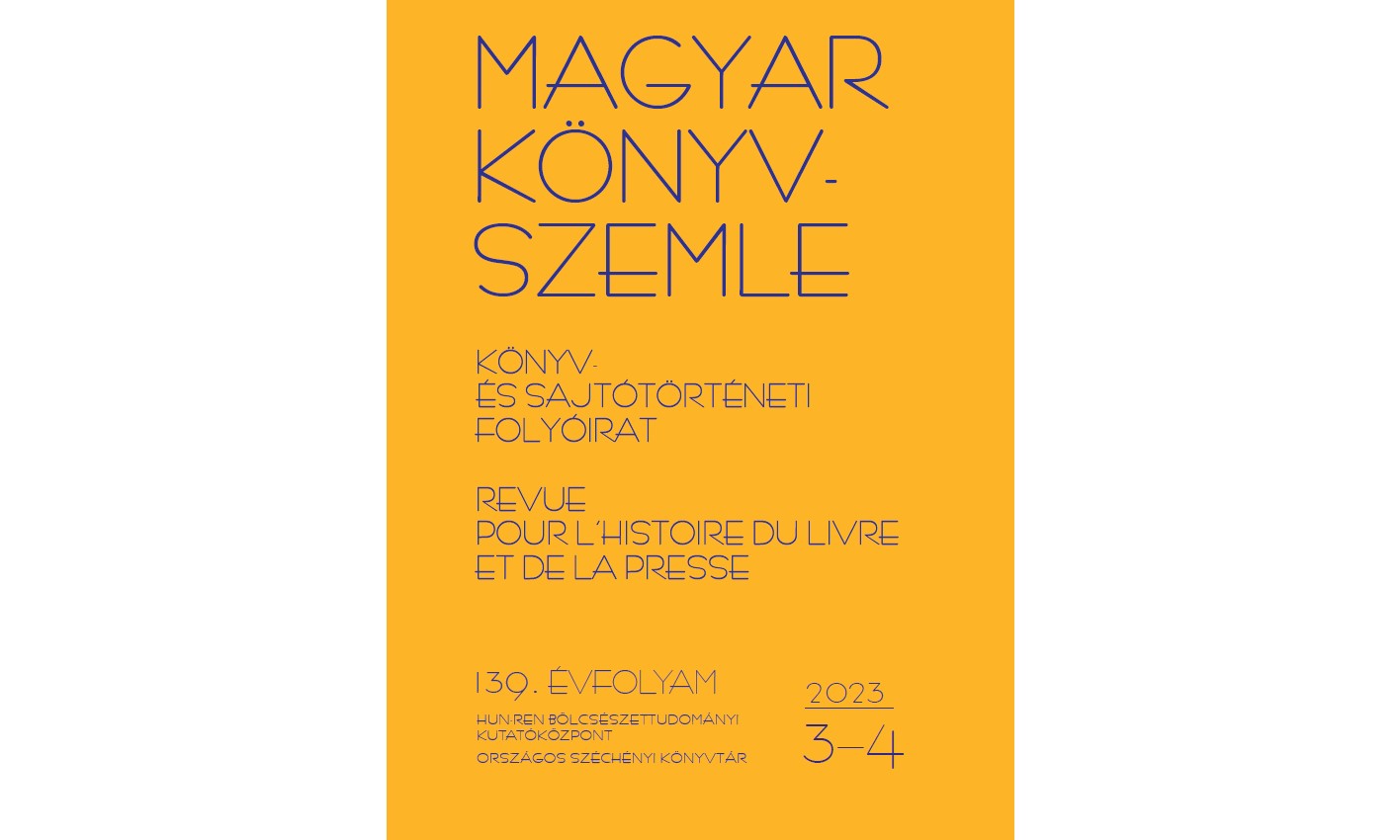The glory of Matthias Corvinus is the light of the capital
The royal oeuvre in the columns of the Vasárnapi Ujság
Abstract
The memory policy of the era was dominated by the need to recall the Hungarian Renaissance culture, which was most spectacularly manifested in the construction of the Buda castle environment and the historicizing buildings and cityscape of the capital. The reconstruction of the Matthias Church started in 1874, and in the mid-1880s they began to expand the Buda Royal Palace, which was formulated as an expectation that it should be more beautiful than the one that belonged to King Matthias. The great king thus became the benchmark for this period. Since the Vasárnapi Ujság faithfully reflected the public consciousness, it is, therefore, possible to explore the vividness of the memory surrounding King Matthias in the weekly newspaper. The artistic representations more courageously and willingly sought to portray the person of King Matthias, while the scientific research and the writings describing them focused more on the events, circumstances and persons connected to him. The brief overview of reception history indicates that King Matthias represented the standard in Hungary since the once brilliant era was due to the personal gifts and abilities of the king, who at the same time became a role model of the ruler for posterity. It is not possible to single out any of the columns of the weekly newspaper in terms of which provided more space for Matthias’ memory, because he was mentioned extremely often in the most diverse areas of public life at the time, either directly or indirectly. The frequency of references shows that a vivid memory of Matthias characterized the time of dualism.



